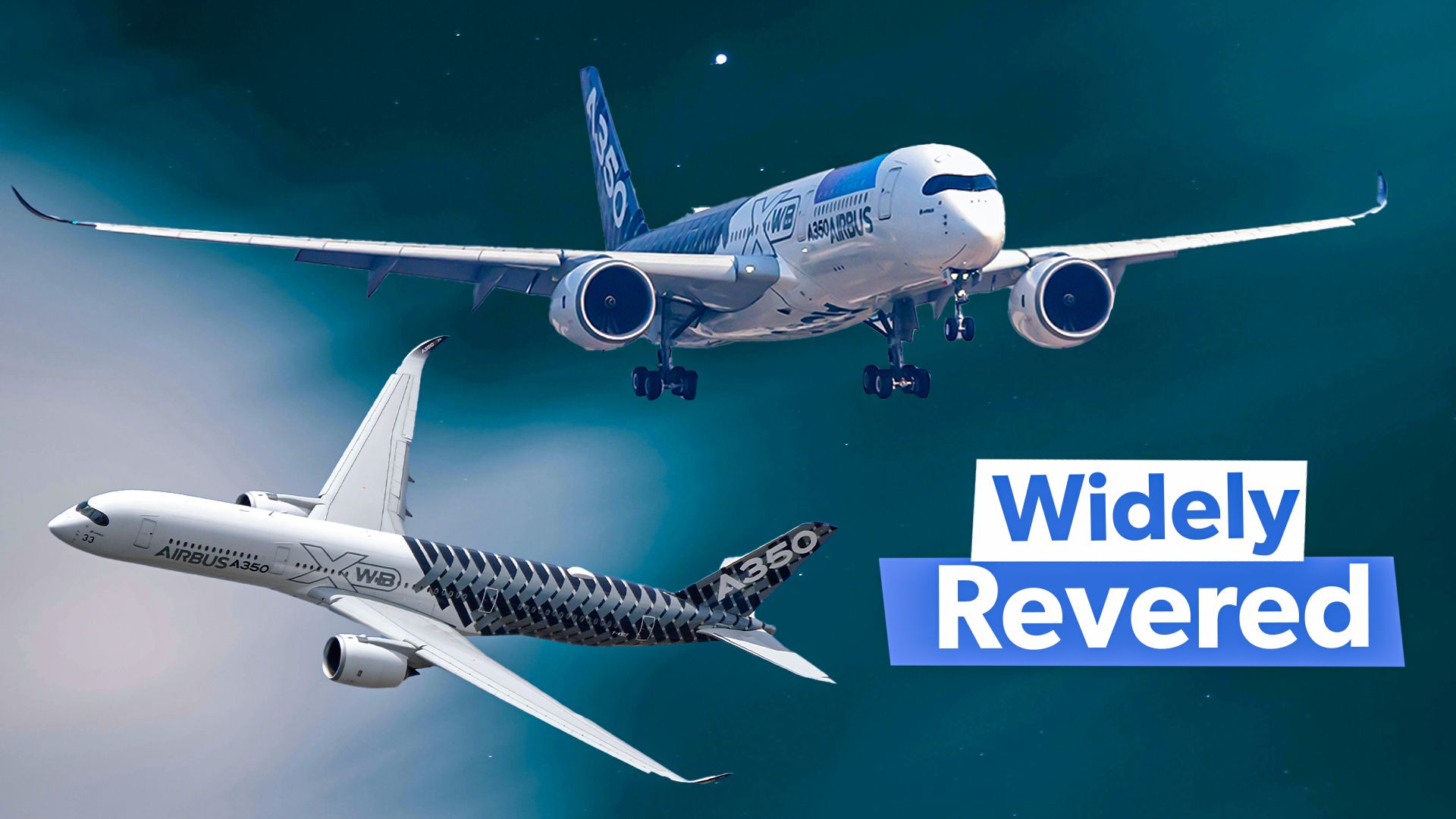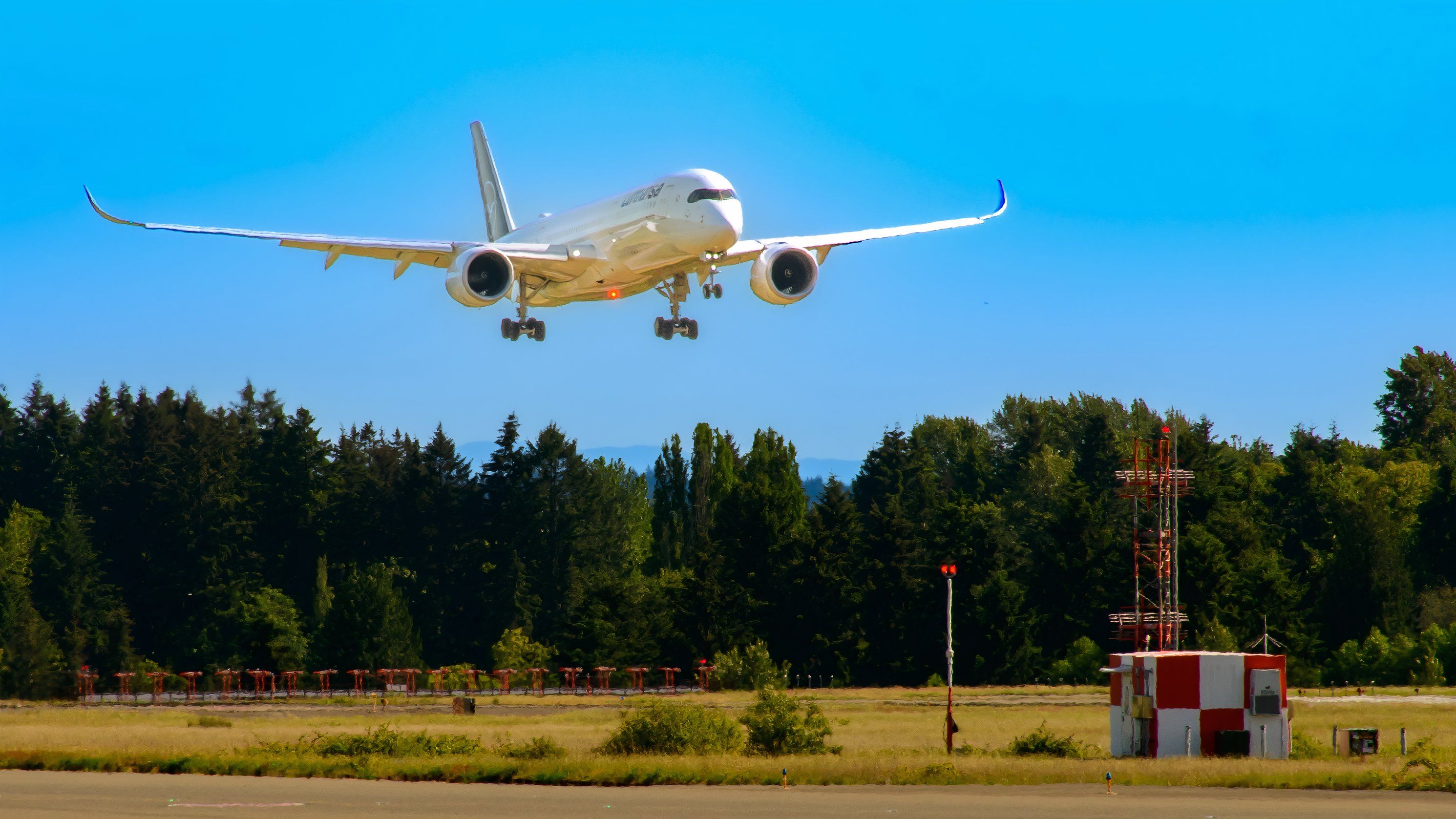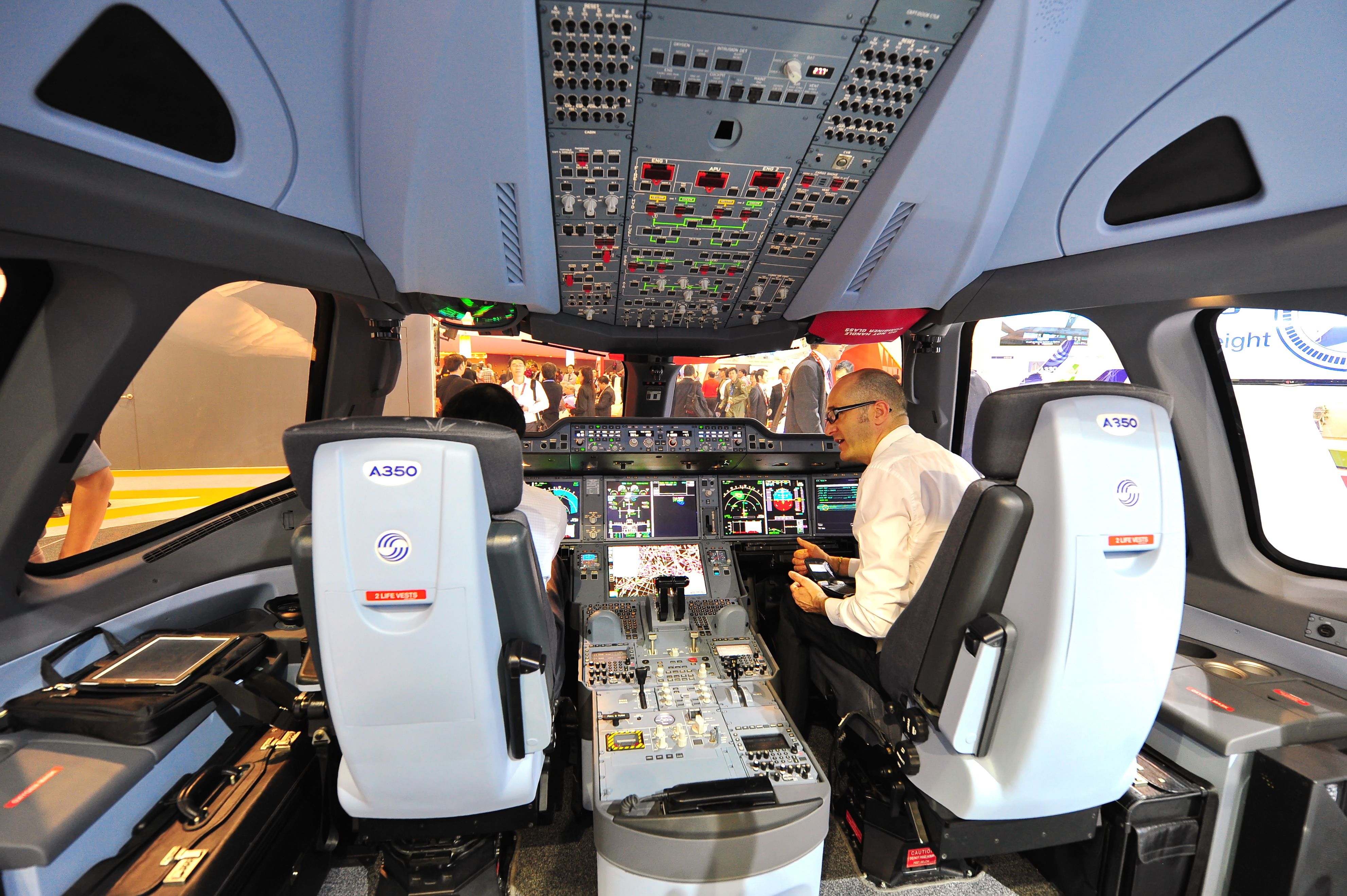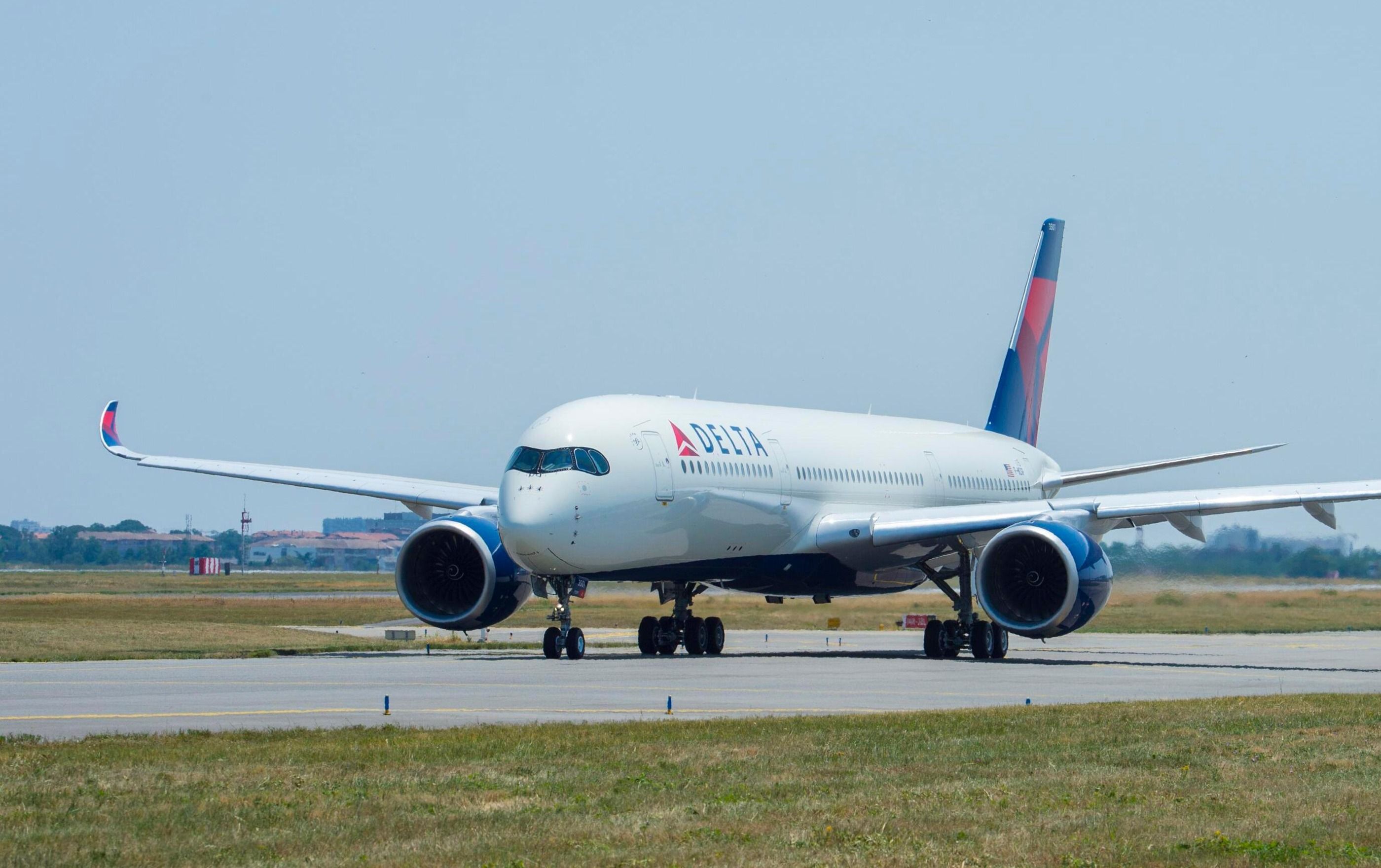Summary
- The Airbus A350’s carbon-fiber design allows for a lower cabin altitude, reducing fatigue & jet lag effects.
- Its speed rivals the 747, enabling longer flights in a shorter time.
- The aircraft’s A350 commonality with other planes benefits airlines with mixed flying productivity.
The Airbus A350 is among the industry’s most modern twin-engined widebody airliners. Known for its unique composite design, Airbus first proposed the airframe in 2004 as a major competitor of the Boeing 787 Dreamliner program. The A330 originally inspired early concepts of the aircraft, but as time evolved, Airbus developed a new design, marketing the plane as “XWB,” which stands for extra widebody. The aircraft would also receive its own exclusive engine – the Rolls-Royce Trent XWB.
Designed as a long-range airplane, the A350 has several advancements in passenger experience and comfort. However, it is not just upgrades in the cabin that make it an enjoyable aircraft. Numerous pilots have praised Airbus for its improvements to cockpit features that make it safer and easier to fly. Additionally, the A350’s commonality to other Airbus widebodies has been a benefit for airlines and their pilots.
Photo: Joe Kunzler | Simple Flying
Development of the first A350 began in 2008, and series production started in 2010. The aircraft type has two variants: the A350-900 and the stretched -1000 variant. Qatar Airways became the launch customer of the aircraft when the first -900 variant was delivered in December 2014. On January 15, 2015, the airline flew its first A350 flight between Doha and Frankfurt. The A350-1000 was assembled in 2016 and first flew in November of that year. It would not be another two years before it was delivered. Qatar was also the first carrier to operate the -1000, debuting it on commercial service from Doha to London in February 2018.
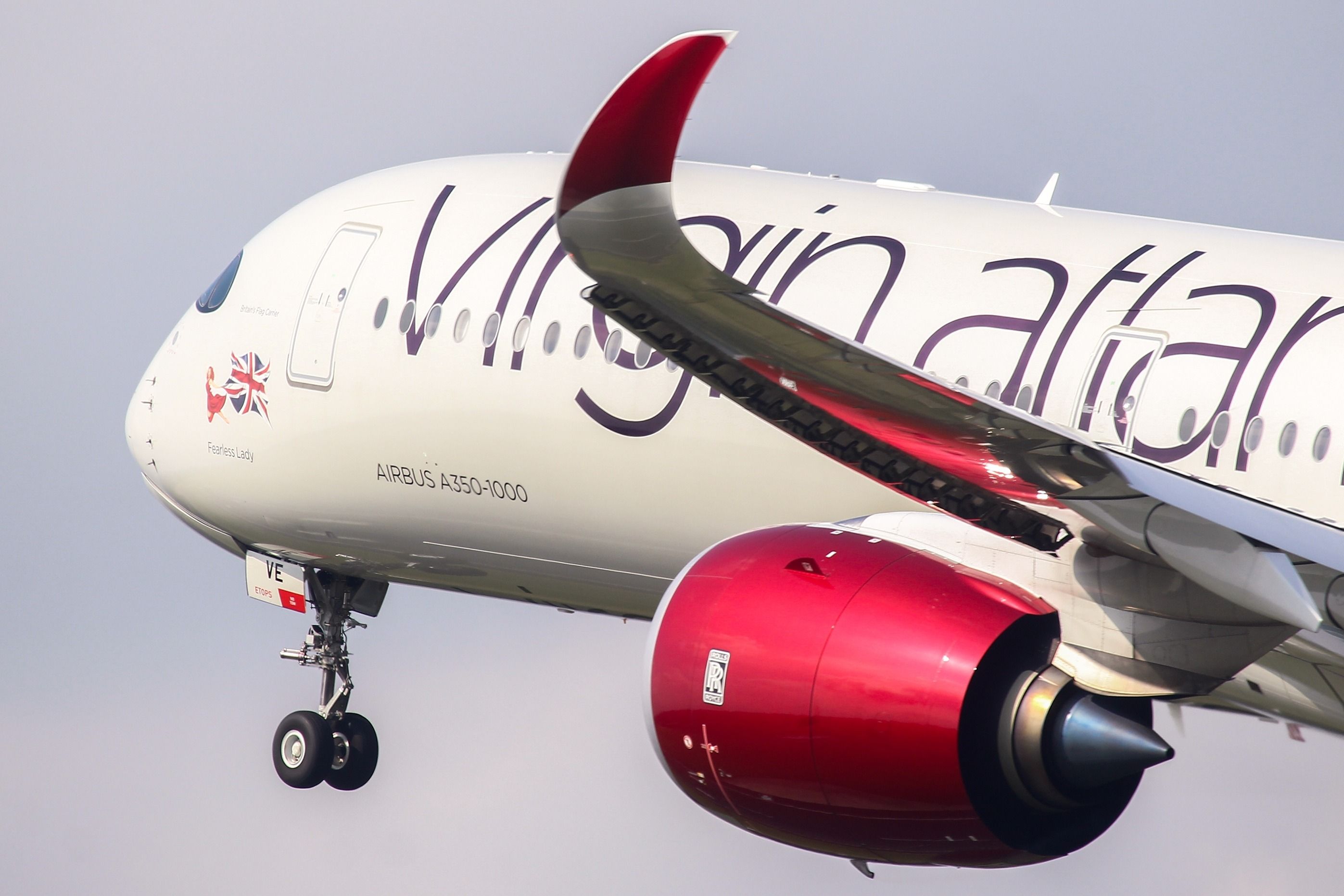
Check It Out
20+ Weekly Flights: The World’s 13 Most-Served International Airbus A350 Routes
Only one European and North American route made the cut.
From its operational reliability to cabin comfort, here are five things that make the A350 regarded as one of the best planes for long-haul flights.
5
Internal Altitude
The A350 was Airbus’ first aircraft to be made of carbon-fiber-reinforced polymers. According to Slash Gear, more than 70% of its construction utilizes composite materials, titanium, and modern aluminum alloys. This forms an extremely robust fuselage, which allows for increased cabin pressurization. Its optimum internal cabin altitude is about 6,000 feet, meaning regardless of the aircraft’s physical altitude – whether at 35,000 feet or 43,000 feet – the pressure in the cabin matches the elevation of 6,000 feet, which ultimately helps alleviate fatigue and the effects of jet lag.
The interior is also quieter and, of course, wider, which provides more comfort. According to Aircraft Interiors International, the A350’s cabin width is 18 feet, 5 inches (5.61 meters), about five inches larger than the 787’s cabin width. Airbus recently introduced a new A350 cabin design known as NPS (New Production Standard), which offers an extra four inches. The sidewalls have been redesigned to create an additional two inches on each side of the cabin. While they increase the cabin width further, they also feature uprated insulation to ensure that the aircraft’s acoustic and thermal insulation properties remain unchanged.
4
Unmatched Speed
Maximum speed of 591 miles per hour (Mach 0.89)
Compared to its widebody competitors, the A350 is remarkably fast. The only other aircraft that can match its speed is reportedly the 747. This advancement allows longer flights to take less time, while Airbus has introduced the A350ULR (ultra-long-range) to fly even further distances.
|
Top 5 Longest Airbus A350-900 flights |
|||
|---|---|---|---|
|
Rank |
Route |
Length |
Airline |
|
1 |
Singapore – New York-JFK |
9,536 miles |
Singapore Airlines |
|
2 |
Singapore – Newark |
9,533 miles |
Singapore Airlines |
|
3 |
Doha – Auckland |
9,031 miles |
Qatar Airways |
|
4 |
Singapore – Los Angeles |
8,768 miles |
Singapore Airlines |
|
5 |
Manila – New York-JFK |
8,519 miles |
Philippine Airlines |
Singapore Airlines currently operates one of the longest flights in the world, between its hub at Changi Airport (SIN) and John F. Kennedy International Airport (JFK) in New York. The route covers over 9,500 miles and takes nearly 19 hours.
The specially equipped aircraft has less capacity than standard A350s and features a business class and premium economy cabin, catering to the extremely lengthy flights it operates.
3
Fuel Efficiency
Burns fuel more than 20% less than older planes.
According to Cathay Pacific, which also is an A350 operator, the aircraft burns 25% less fuel than most previous-generation aircraft, meaning it generates fewer carbon emissions. Thanks to the A350 and other new aircraft within its fleet, Cathay has managed to reduce its fuel burn by 28% over the last 26 years, despite its fleet being larger than it was back then.
Just as it is internally, the plane is quieter externally as well, reducing noise emissions wherever it departs and arrives. The plane’s original Trent XWB engines use the latest technology and materials and are among the world’s most efficient large aircraft engines. The sheer size of the engine is truly enormous, as the fuselage of the Concorde can fit inside one.
2
Cockpit upgrades
Large screens and tray tables
One of the most notable features that makes the A350 a fan favorite is its cockpit design. As explained by Airbus, the aircraft was “designed by pilots for pilots.” From the plane’s conception, Airbus pilots took part in the design of its cockpit. It comes with six identical large screens, which allow for enhanced visibility of pertinent information across the cockpit. The screens also provide extended interactivity for the pilots. The screens are also designed to reduce overall pilot workload while increasing situational awareness.
Photo: Jordan Tan | Shutterstock
Additionally, the cockpit was developed with the physical comfort and practicality of pilots in mind. The large space also features:
- Retractable tray tables
- Reclining seat backrests with lumbar adjustment
- Adjustable armrests and headrests
- Increased Head Up Display (HUD) head clearance
1
Airbus commonality
Common type rating with the A330
Lastly, pilots and airlines especially enjoy the A350 for its unique commonality. Due to its similarities with other Airbus aircraft, airlines are able to implement cross-crew qualifications for A320 family aircraft, A340s, and A380s with durations of 11, 10, and five days of training, respectively. This commonality also allows airlines to facilitate mixed flying, which increases productivity and greater flexibility.
|
Cross-Crew Qualifications |
Common Type Rating & Single Fleet Flying |
|---|---|
|
Airbus A320ceo/neo, A340, & A380 |
Airbus A330ceo, Airbus A330neo |
The A350 also shares a common type rating and single fleet flying (SFF) eligibility with the A330. Pilots of the A330ceo/neo can qualify to fly the A350 in eight training days without full flight simulator time and then be eligible to operate both aircraft under a single license endorsement, known as SFF.
Photo: Airbus
This feature benefits carriers such as Delta Air Lines, which uses many examples of the A330 and A350 to support its long-haul network.
Have you ever flown on the A350? Be sure to let us know by leaving a comment below.

